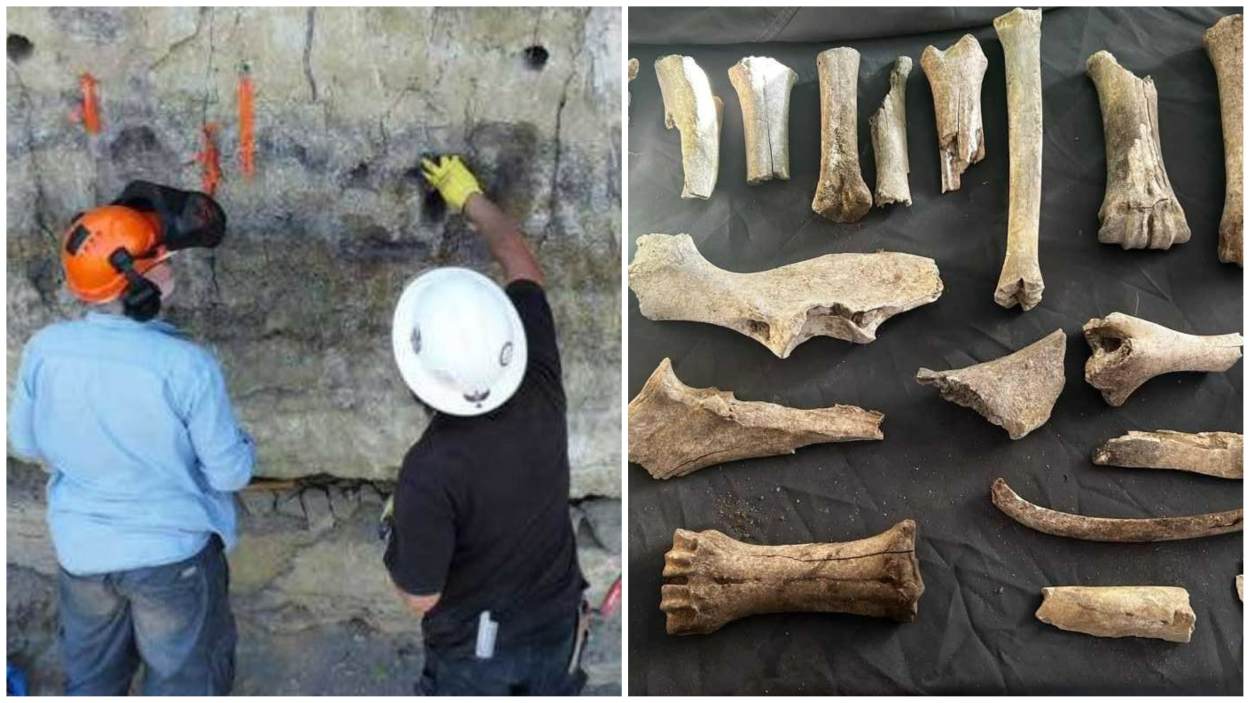A recent discovery in Saskatchewan, believed to be about 11,000 years old, is reshaping views on early Indigenous civilizations in North America.
The site, named Âsowanânihk, which translates to “a place to cross” in Cree, is located within the Sturgeon Lake First Nation (SLFN) territory. Findings at the site suggest it was a long-term, organized settlement rather than a temporary encampment. Artefacts such as stone tools, firepits, and bison remain the point of continuous human occupation, challenging the earlier belief that early Indigenous groups were primarily nomadic.
Evidence of Long-Term Occupation
Research led by the University of Saskatchewan has provided significant insights into the site and Charcoal from a hearth has been dated to approximately 10,700 years ago. Archaeologist Glenn Stuart, a contributor to the study, informed Live Science through email that the region was occupied as soon as it became livable following the last ice age.
The findings demonstrate that ancestral First Nations communities inhabited the region west of Prince Albert for millennia.
Cultural and Historical Significance
SLFN Chief Christine Longjohn highlighted the historical and cultural significance of the site, describing it as concrete evidence of Indigenous presence and endurance in the area. The site is undergoing a collaborative study by archaeologists and the Âsowanânihk Council, consisting of Elders, Knowledge Keepers, and educators. This council works closely with various stakeholders to ensure the site’s protection, which was first identified due to riverbank erosion.
In a discovery that overturns assumptions about the history of the Indigenous people of North America, archaeologists have unearthed an 11,000-year-old village on the land of the Cree people of Saskatchwan. This settlement is far older than any other found in the region.… pic.twitter.com/fSCjX4fEsF
— Ancient Origins (@ancientorigins) February 8, 2025There are concerns about potential damage from ongoing logging activities nearby, prompting initiatives to safeguard this crucial historical site. The efforts aim to preserve a key piece of the historical narrative of Indigenous civilizations in North America, underscoring their deep-rooted presence and complex societies long before European contact.






